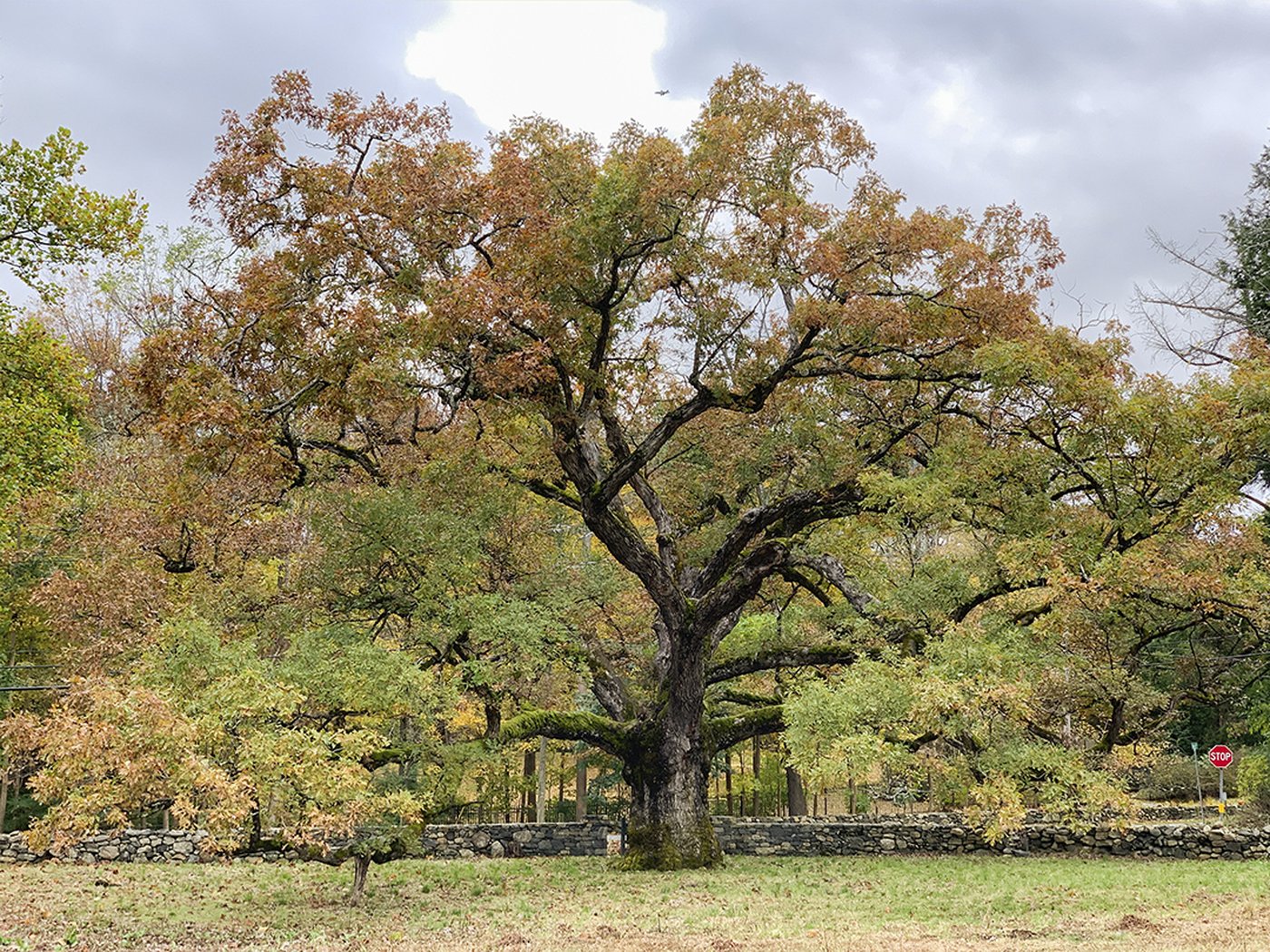Elevate your local knowledge
Sign up for the iNFOnews newsletter today!
[byline]

In 1872, a Nebraska newspaper editor and tree lover named J. Sterling Morton proposed dedicating a day to planting trees in his home state. The idea, shall we say, took root.
That year, April 10 became the first organized Arbor Day, and approximately 1 million trees were planted in Nebraska. Two years later, Nebraska Gov. Robert Furnas proclaimed April 10 the state’s Arbor Day.
Other states soon set their own Arbor Day dates to coincide with the best time to plant trees there. And in 1970, President Richard Nixon declared the last Friday in April as National Arbor Day, although many states continue to observe their own, which sometimes align with the national holiday.
If you plan to plant a tree this year, why not consider an oak?
“An oak is the best tree to choose because it is the No. 1 plant for supporting the food web, ” says University of Delaware entomologist and native plants champion Doug Tallamy, the New York Times bestselling author whose books include “The Nature of Oaks.”

“Plants capture energy from the sun and, through photosynthesis, turn it into food — simple sugars and carbohydrates — that supports all the animals on the planet,” Tallamy explained.
“All life on Earth comes from energy provided by the sun,” he said. “But we can’t eat the sun. Plants allow us to do that. We’re essentially eating energy from the sun because plants capture that energy and turn it into food — and oaks are the ones that share the most energy with other living things.”
One reason oaks are so beneficial to the ecosystem is because, as native plants, they evolved alongside native insects, so those insects recognize them as food, Tallamy said. Oaks also belong to a large genus that’s been around for 56 million years, so wildlife has had a lot of time to adapt to them.
In all, there are 91 species of oaks across North America, so, he said, insects from coast to coast have adapted to them.
“A lot of people think they don’t have a property big enough for an oak,” Tallamy said, “but there are dwarf oaks, like Quercus prinoides, a dwarf chestnut oak. And as you go farther west, there are a lot more dwarf oaks” to choose from.

Which oak do you want?
When selecting any plant for your property, it’s important to put the right plant in the right place. So Tallamy advises matching up your soil type and growing conditions with an appropriate oak species.
“Some oaks like acidic soil,” he said. “There are oaks that like base soil. There are oaks that like rocky outcrops and ones that like bottomland.”
Consider, too, your hardiness zone and the sunlight exposure of the site.

“If you put an oak in the front yard in the mid-Atlantic states, for example, it’s going to support 557 species of caterpillars, and all of those are crucial food sources for birds,” Tallamy said.
And I can’t think of a better reason to plant an oak this Arbor Day.
___
Jessica Damiano writes weekly gardening columns for the AP and publishes the award-winning Weekly Dirt Newsletter. You can sign up here for weekly gardening tips and advice.
___
For more AP gardening stories, go to https://apnews.com/hub/gardening.
Want to share your thoughts, add context, or connect with others in your community?
You must be logged in to post a comment.